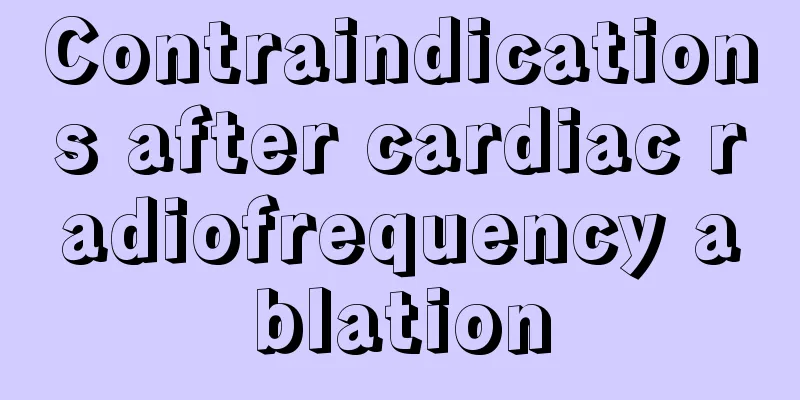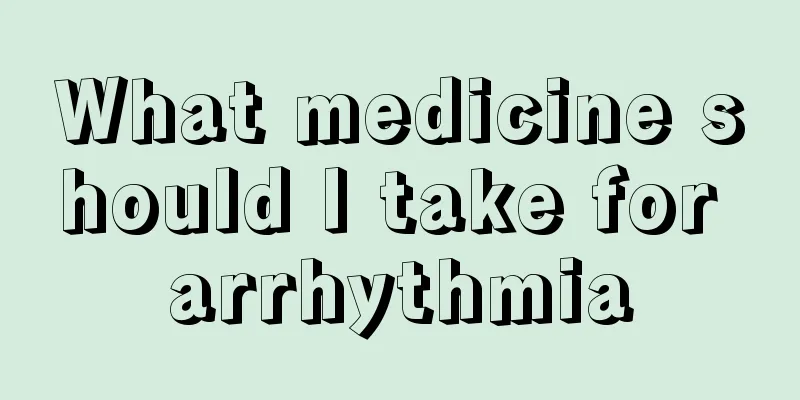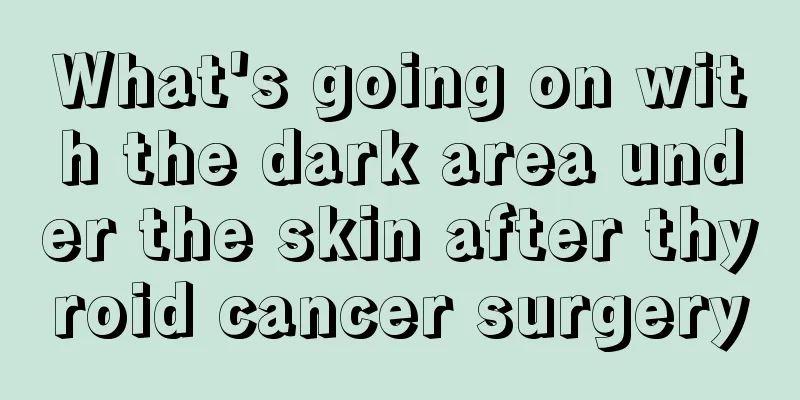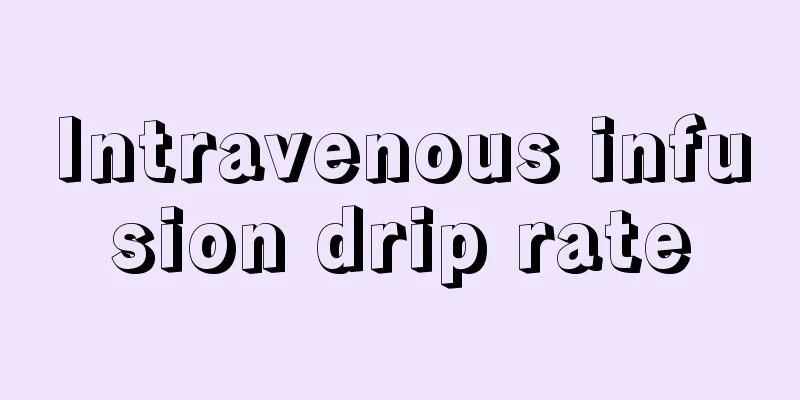Contraindications after cardiac radiofrequency ablation

|
Anyone who knows a little about heart disease knows about cardiac radiofrequency ablation, a procedure used to treat abnormal heart rhythms. As the name suggests, it treats diseases by radiating electric current. This type of surgery does not require surgery and is similar to minimally invasive surgery, with small wounds and most importantly, a very high success rate. Despite this, people who need such surgery should not take it lightly and still need to be careful before and after the surgery. Here are some things to note. Preoperative considerations 1. Electrophysiological examination and radiofrequency ablation generally require hospitalization and routine laboratory tests (including electrocardiogram and blood tests, etc.). 2. Dietary precautions: Do not eat or drink within 6-8 hours before surgery. 3. Tell your doctor the name and dosage of the drugs you are using. Stop taking all antiarrhythmic drugs 3-5 days before electrophysiological examination and radiofrequency ablation. Antiarrhythmic drugs may affect the test results. 4. Tell your doctor if you are allergic to any medication. Operation process EP studies and radiofrequency ablation are done in a specially equipped operating room (called a cath lab). The cath lab staff typically includes an electrophysiologist, assistants, nurses, and technicians. The patient lies on the X-ray examination bed, and the medical staff will connect various monitoring devices to the patient's body and cover your body with a sterile sheet. The medical staff will wear sterile surgical gowns and gloves. First, the skin at the catheter insertion site (groin, arm, shoulder or neck) is disinfected and local anesthesia is given; then a puncture needle is used to puncture the vein/artery, and the electrophysiology catheter is inserted into the heart cavity through the blood vessel; the electrode catheter used for cardiac electrophysiology is a long, flexible catheter that can transmit electrical signals into and out of the heart. The electrode catheter records the electrical activity of different parts of the heart and delivers weak electrical stimulation to stimulate the heart in order to induce arrhythmia and confirm the diagnosis of tachycardia; the doctor then uses the catheter to find the exact location of the abnormal electrical activity in the heart (this process is called "mapping"), and then uses the ablation device to send radiofrequency current for ablation treatment, thereby curing the tachycardia. Surgical complications Complications of vascular puncture include local bleeding, hematoma, infection, pneumothorax, thrombosis, embolism, etc.; complications of catheter operation include aortic valve regurgitation, myocardial perforation, pericardial tamponade, etc.; complications of discharge ablation include atrioventricular conduction block, myocardial infarction, etc. Postoperative precautions 1. After radiofrequency ablation, patients must rest in bed according to the doctor's instructions, with sandbags applied at the venous puncture site for 6 hours and at the arterial puncture site for 8-12 hours, and the affected limb must be immobilized (restricted from moving), and attention must be paid to observe whether there is bleeding; 2. Give easily digestible food during bed rest; 3. Closely observe the heart rate and rhythm in the early stage after radiofrequency ablation. If you feel any discomfort, report it to the doctor in time. If necessary, electrocardiogram, cardiac ultrasound and chest X-ray examinations should be performed; 4. If you feel that tachycardia will recur after surgery, but it has not actually occurred, do not be nervous and do not require special treatment; Normal activities can generally be resumed 1 week after surgery; 5. If there is a relapse after discharge, the electrocardiogram should be recorded nearby in time, and the surgeon should be contacted to decide on the next treatment plan. 6. Anticoagulant treatment is required after radiofrequency ablation. Generally, 1-3 months of anticoagulant drugs are required, depending on the patient's heart rhythm, age and general condition. The use of other auxiliary drugs mainly includes amiodarone after atrial fibrillation ablation. Only by taking them according to the doctor's instructions can the desired therapeutic effect be achieved. |
<<: The efficacy and function of blue chamomile
>>: What medicine should I take for bad breath
Recommend
Hormone drugs cause weight gain
Many diseases require oral administration of horm...
How to treat wounds after dog bites
Does wound care help? Wound treatment includes th...
What nutrients does sub-healthy skin need?
1. Increase the intake of various vitamins Vitami...
As we grow up, our teeth slowly protrude outwards
Whether teeth are beautiful or not is also very i...
It hurts to urinate while taking a shower
Many people habitually urinate directly when taki...
What's the matter with a lump under my eye
Eyes are the windows to the soul and should be pr...
What are the treatments for liver cancer? Summary of 4 common treatments for liver cancer
Liver cancer is a disease that can lead to death....
Do I need to have a follow-up check after 11 years of nasopharyngeal cancer?
Do I need to go for a follow-up check after 11 ye...
What are the sequelae of radiotherapy for brain cancer
We know that many cancers require radiotherapy, b...
I turned over and felt dizzy and nauseous
People will have some physical problems when they...
The advantages and disadvantages of scraping and bloodletting
Gua Sha is mainly performed using scraping instru...
Blood in urine is an early symptom of bladder cancer
The main symptom of early bladder cancer is hemat...
How long does the rebellious period of adolescence usually last?
When children reach puberty, they may show change...
Did you know about these cranial nerve spasms?
Cerebral nerve spasm is a very common disease, wh...
How much does chemotherapy for ovarian cancer cost?
Ovarian cancer is a very dangerous disease with a...









